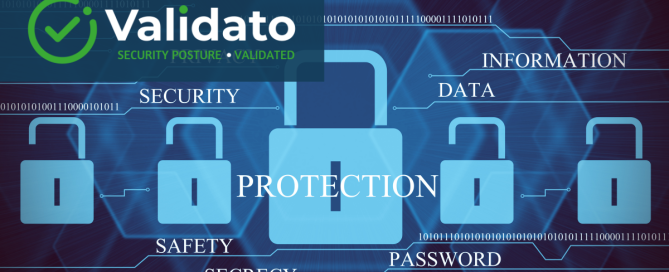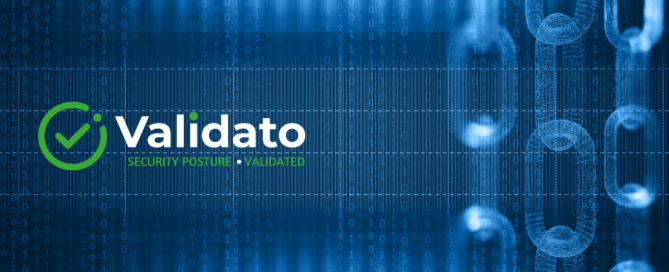What Is Internal Cyber Risk Posture and How Do You Assess It?
The Internal Cyber Risk Posture: Your Critical Second Line of Defense In our complex cybersecurity landscape, organizations face threats from multiple directions. While many security teams focus heavily on external threats, the greatest vulnerabilities often lie within. Your internal cyber risk posture—how well your systems are configured to prevent attackers from moving laterally and escalating











